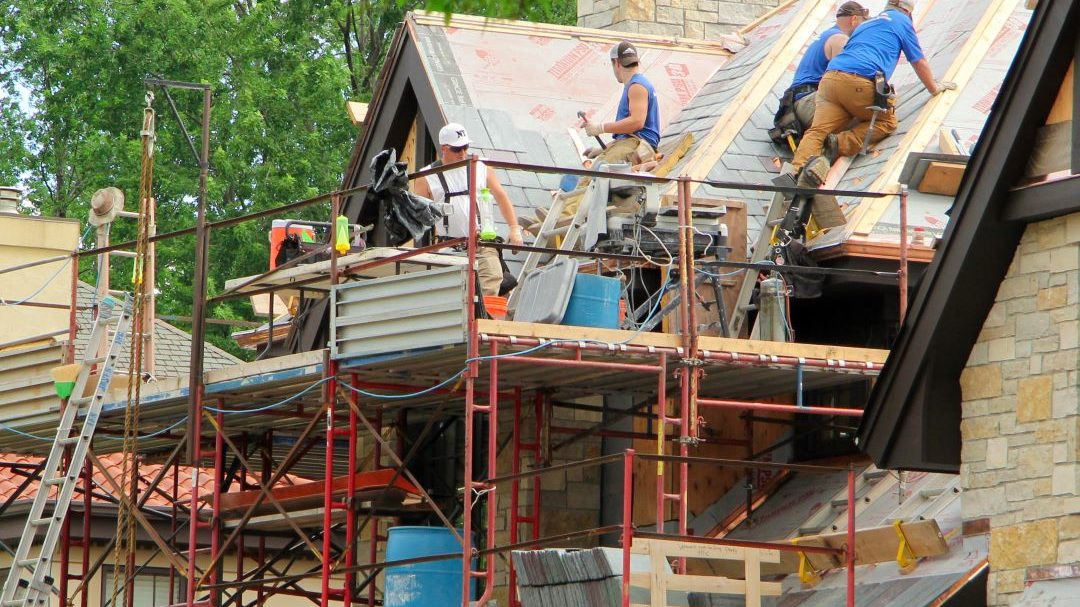
Improving Minnesota’s residential energy code would have a resounding impact on the future of our built environment as well as the health and financial well-being of those who live and work in those buildings. The Minnesota Department of Labor and Industry is currently evaluating whether to update our state’s residential building energy code.
Fresh Energy and our partners at AIA Minnesota, Green New Deal Homes SBC of Duluth, and Twin Cities Habitat for Humanity filed comments on September 12, 2022, in support of updating Minnesota residential energy codes based on the 2021 IECC (International Energy Conservation Code) model code.
“Energy codes set the standard for how our buildings use energy in Minnesota and we are overdue for evaluating our codes with both energy consumption and consumers in mind,” said Fresh Energy’s Eric Fowler, senior policy associate, buildings. “Building codes are too important to take for granted and have an outsized impact on how most buildings are built, which is why Fresh Energy and our partners are looking forward to being part of this process.”
This move would save consumers energy and energy costs, ensure healthier and more comfortable indoor air, and protect under-resourced residents from avoidably high energy burdens. For more details about building codes in Minnesota, read Fresh Energy’s explainer blog post.
The adoption of the residential provisions of the 2021 IECC is essential for the state of Minnesota and many of its communities to meet established energy and climate goals. The buildings sector contributes to roughly 40 percent of our current greenhouse gas emissions—and that number continues to rise. An updated residential energy code is crucial to slowing and eventually reversing this increase while at the same time prioritizing the health and pocketbooks of all Minnesotans by building the next generation of buildings.
